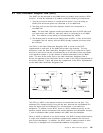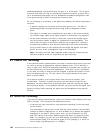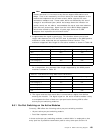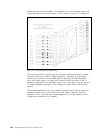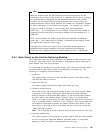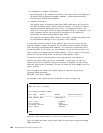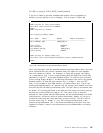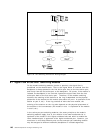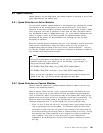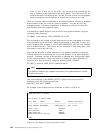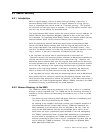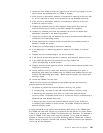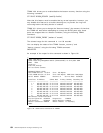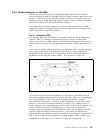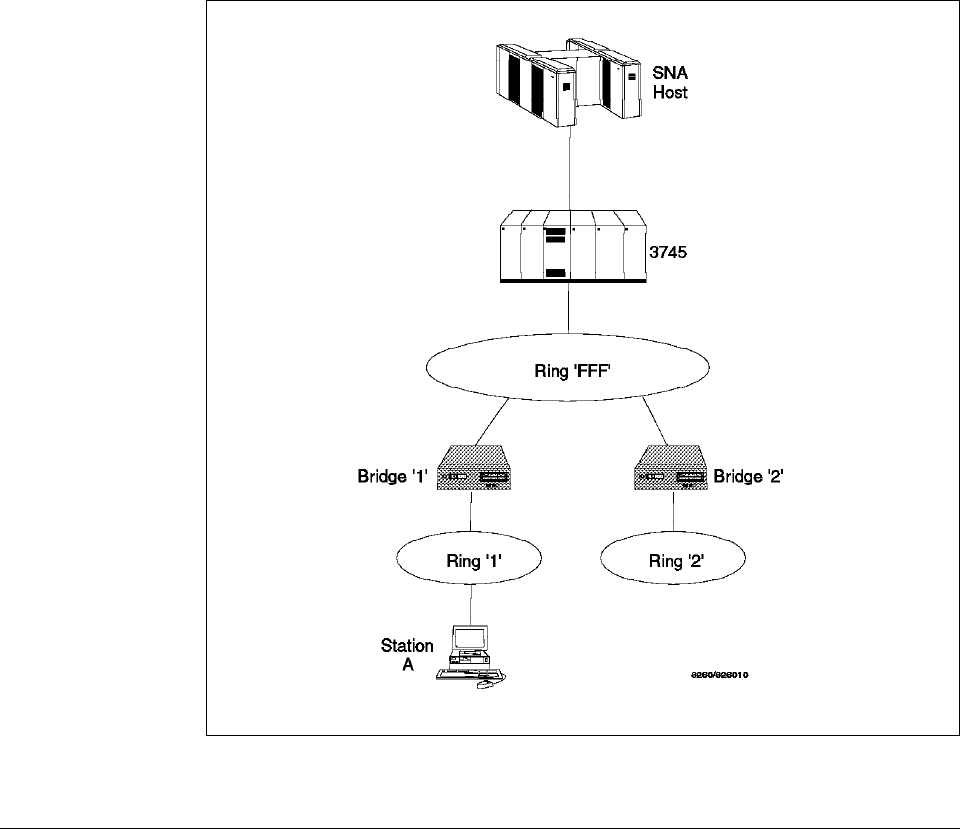
Figure 90. Port Switching with Source Routing Bridges
8.7 Signal Flow on the 8260 Token-Ring Modules
On the module switching modules (active or passive), the signal flow is
predefined on the module basis. That is, the signal which is received from the
backplane is always passed to the first active port, then to the next active port,
and finally from the last active port to the backplane. Of course, if the module is
isolated, the backplane is not involved; instead the signal flows from the last
active port back to the first active port. Therefore, in the module switching
modules, the ordering of the stations on the ring is dependent on the physical
placement of the stations on the module (the station on port 1 is upstream of the
station on port 2, etc.). If the ring consists of more than one module, the
ordering of the stations on the ring also depends on the physical placement of
the modules in the concentrator (the module in slot 1 is upstream of the module
in slot 2, etc.).
In the active per-port switching modules, the same principle as the module
switching modules apply; that is, the module in the lower-numbered slot is
upstream of the module in the higher-numbered slot and within a module the
lower-numbered port is upstream of the higher-numbered port. However, you
must bear in mind that different ports on the same per-port switching module
may be assigned to different networks (backplane or isolated segments).
148 8260 Multiprotocol Intelligent Switching Hub




